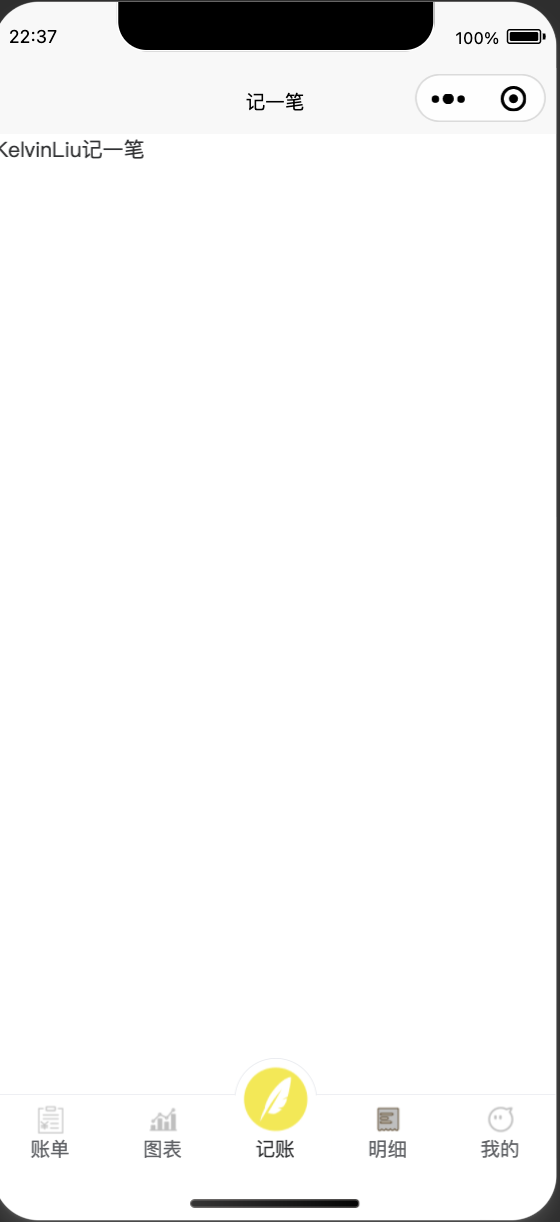文章目录
- 1. uniapp+vue3项目使用vuex
- 1.1. main.js引入store
- 1.2. 创建store/index.js
- 1.3. 项目中引用
- 1.4. 开始解决实际问题
- 1.5. vuex和storage的区别
1. uniapp+vue3项目使用vuex
这篇文章,既是使用的教程,也是用来解决一个实际问题:uView自定义tabbar减少代码冗余。
先看使用vuex的方法。
1.1. main.js引入store
import App from './App'// #ifndef VUE3
import Vue from 'vue'
import './uni.promisify.adaptor'
Vue.config.productionTip = false
App.mpType = 'app'
const app = new Vue({...App
})
app.$mount()
// #endif// #ifdef VUE3
// 引入 uView UI
import uView from './uni_modules/vk-uview-ui';
// 引入vuex步骤1
import store from '@/store';import { createSSRApp } from 'vue'
export function createApp() {const app = createSSRApp(App)// 使用 uView UIapp.use(uView)// 引入vuex步骤2app.use(store)return {app// Vuex // 如果 nvue 使用 vuex 的各种map工具方法时,必须 return Vuex}
}
// #endif
1.2. 创建store/index.js
根目录创建store/index.js
import {createStore} from 'vuex'//导入createStore构造函数
export default createStore({ state:{ //Vuex的状态,实际上就是存数据的地方person:{name:'KelvinLiu',age:200}},getters:{ //提供获取Vux状态的方式, 注意在组件中调用时getPerson是以属性的方式被访问getPerson(state){return state.person}},mutations:{ //提供直接操作Vuex的方法,注意mutations里的方法中不能有任何异步操做ageGrow(state, value){//第一个参数state为Vuex状态;第二个参数为commit函数传来的值state.person.age += value}},actions:{ //提供通过mutations方法来简介操作Vuex的方法ageGrow(context, value){ //第一个参数context为上下文,提供一些方法;第二个参数为dispatch函数传来的值context.commit('ageGrow', value)}},
})1.3. 项目中引用
<template><view class="content">{{person}}记一笔<u-tabbar :list="tabbar" :mid-button="true"></u-tabbar></view>
</template><script>import {useStore} from 'vuex' export default {data() {return {title: 'Hello uView',tabbar: [],person: ''}},onLoad() {const store = useStore(); //获取store对象let person = store.getters.getPerson ;this.person = person.name;console.log(person);/*** 示例中为每个tabbar页面都写了一遍tabbar变量,您可以将tabbar数组写入到vuex中,这样可以全局引用*/this.tabbar = [{iconPath: "/static/tab-bar/账单.png",selectedIconPath: "/static/tab-bar/账单_h.png",text: '账单',pagePath: "/pages/bill_list/bill_list"},{iconPath: "/static/tab-bar/图表.png",selectedIconPath: "/static/tab-bar/图表_h.png",text: '图表',pagePath: "/pages/bill_chat/bill_chat"},{iconPath: "/static/tab-bar/记账.png",selectedIconPath: "/static/tab-bar/记账_h.png",text: '记账',midButton: true,pagePath: "/pages/bill_add/bill_add"},{iconPath: "/static/tab-bar/明细.png",selectedIconPath: "/static/tab-bar/明细_h.png",text: '明细',pagePath: "/pages/bill_detail/bill_detail"},{iconPath: "/static/tab-bar/我的.png",selectedIconPath: "/static/tab-bar/我的_h.png",text: '我的',pagePath: "/pages/my/my"}]}}
</script><style></style>
最终显式的结果:

1.4. 开始解决实际问题
在上一篇文章中,写到的是:《使用uView让tabbar更优雅》,里面有一段文字描述:
示例中为每个tabbar页面都写了一遍tabbar变量,您可以将tabbar数组写入到vuex中,这样可以全局引用
那怎么使用上面的vuex store来优化呢?
就是把tabbar的数据,直接放在store里面,这样不需要每个页面都引用。
通过上面的引入vuex的过程,我们就可以优化uView里面自定义tabbar,就不需要每个页面都在data里面定义tabbar的数组了。
也就是这样:
<template><view class="content">记一笔<u-tabbar :list="tabbar" :mid-button="true"></u-tabbar></view>
</template><script>import {useStore} from 'vuex' export default {data() {return {tabbar: [],}},onLoad() {const store = useStore(); //获取store对象/*** 示例中为每个tabbar页面都写了一遍tabbar变量,您可以将tabbar数组写入到vuex中,这样可以全局引用*/this.tabbar = store.getters.getTabbar;}}
</script><style></style>
代码里的冗余减少了,非常nice。
1.5. vuex和storage的区别
这里找的是PC端的区别,跟小程序应该是大同小异的,介质的区别是PC浏览器和微信载体。
Vuex 与 Storage的区别有几个:(1)从存储的位置来说,Vuex 用的是内存,而 Storage 用的是文件存储;
(2)从易失性来说,Vuex与页面的生存周期相同(如关闭页面、刷新等数据就会消失),而
localStorage是“永久”存储的,sessionStorage 生存于应用会话期间;
(3)从存储空间来看,Vuex取决于可用内存和浏览器的限制,Storage
都有个默认的大小(至少5MB,由浏览器决定),超出大小则需要用户同意增加空间;
(4)从共享来看,Vuex无法跨标签页、跨物理页面共享,则Storage则可以在同一域名底下共享;
(5)从用途来看,Vuex是用于管理页面内容及组件的状态,而Storage主要是用于存储数据;
(6)Storage是由浏览器提供的基础设施,而Vuex则是由JavaScript程序库提供的服务。 …
)






)


含解析)
和eval()区别)







))